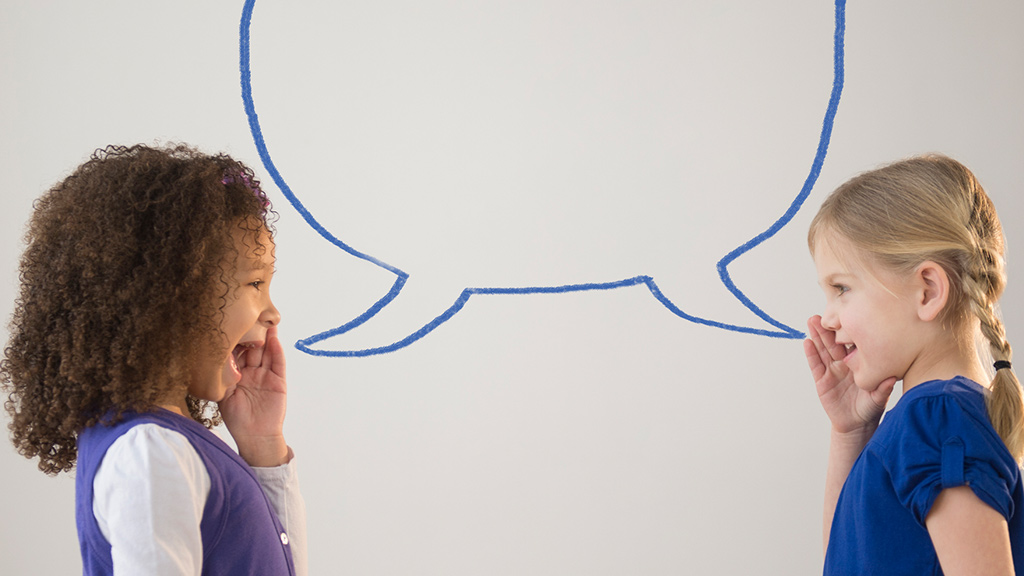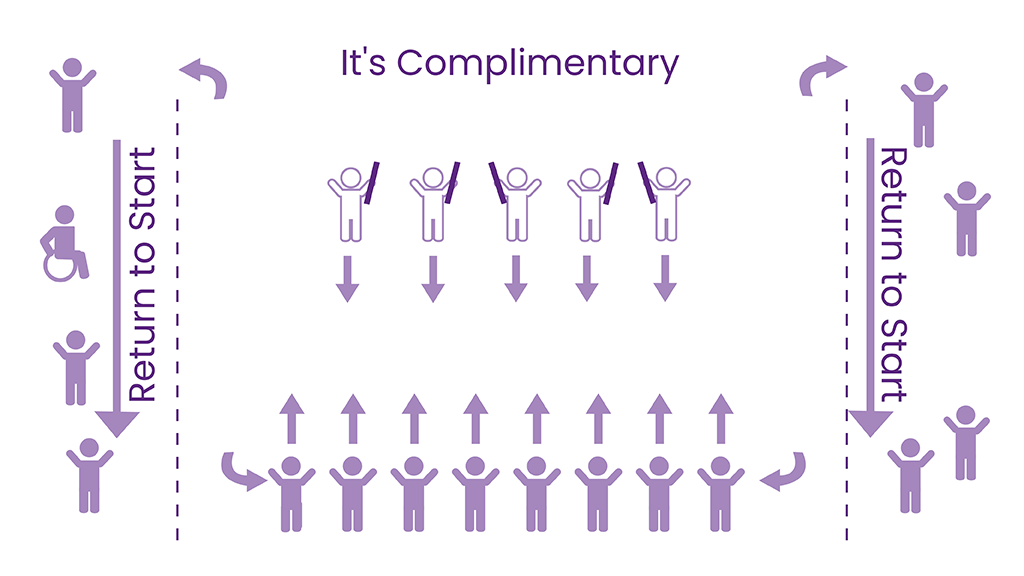It's Complimentary
Play a tag game to practice giving compliments that recognize strengths in others.

Game
Play a tag game to practice giving compliments that recognize strengths in others.

Giving and receiving compliments help us to be mindful and show gratitude.
Say: We are going to play a game of "Mingle" to help us learn about compliments. (Refer to the It's Complimentary printable for guidance and practice on giving sincere compliment.)
A compliment is when you congratulate or praise someone. Compliments are always kind. The best compliments are sincere, meaning that they are honest and true, not false. Giving and receiving compliments creates positive feelings—for yourself and others. Some compliment starters include:
The most important thing to know is that giving and receiving sincere compliments will motivate your mood!
Today we are going to play a game called “Compliment Tag” to practice giving and receiving compliments.

Note: In addition to giving complements, kids can practice additional acts of kindness with the Pot of Gold activity.
Share an example of a compliment you can give another person.
Rotate through station activities to practice self-regulation and coping skills.
Play GameRoll the dice to move through a hula hoop circle while learning to recognize different feelings and emotions.
Play GameUse movement to show preferences for healthy recharge, mood, food, and move choices.
Play GameLearn about setting short-term goals during a throwing and catching activity.
Play GamePlay a tag game to practice mindful greetings and communication skills.
Play Game